
There is a famous comment by a Wodehouse character who says – “Never confuse the impossible with the unusual”. What the security breach of the Prime Minister’s cavalcade showed is that it is not impossible for such a cavalcade to be “stopped” but the event itself is unusual.
Depending upon how one thinks, the situation can be judged as an assassination attempt to a dry run to an unusual event being blown up politically. Various media and even courts are advising that the issue be NOT politicised. But the issue MUST be politicised since that’s how change comes, especially in a country like India.
Let’s step back to 1984 when Mrs. Indira Gandhi, then Prime Minister was assassinated by her own bodyguards. Till then the Delhi police were responsible for the security of the PM and state policemen on visits. Its facetious to argue that in those days PM’s and such high offices did not need protection like today. The result, politically backed, was the formation of the SPG or special protection group who became an elite group with powers and freedom that few others enjoy. The SPG was for the PM only, not the President, not the Chief Minister, not for any other high functionary of the government – that’s how important only one office was in the whole of India. Nobody objected or raised questions on this logic.
7 years later 1991, ex-Prime Minister Rajiv Gandhi was assassinated by LTTE terrorists. He was being protected by local police. The issue did get politicised and the result – the SPG act was amended to include all ex-Prime Minister’s and their family. Again, no other office and function of the government was seen as important, as this office.
Over time owing to the fact that two prime ministers from the same family had lost their lives to assassins the whole system of SPG cover became one family centric as against a system for a particular office of India. Whatever the political arguments, the fact was also that this family which had been given SPG cover had decided to avail its protection as it suited them and not as a system. It was an undisputed fact that many times the family had kept the SPG away from protecting them for whatever reasons best known to them. What should have been a system driven protocol, became a family driven decision and to that extent the office of Prime Minister and its security was more political. That the SPG cover was removed from ex-Prime Ministers in 2019 was also a political decision.
That the current Prime Minister is a hot target for assassins is a known fact. That one too many political figures, prominent citizens have directly or indirectly cheered and wished for his death without once condemning such comments/incidents means that the security of the PM of India has already become political, and not a non-negotiable imperative. The moment a country or its political system stops differentiating between the Chair of the PM and the person who occupies it, they have already politicised a serious matter. To suggest avoiding politics at this juncture is infructuous.
Coming to the actual incident of 6th January one can assess it from three angles.
Planned Assassination attempt:
On the face of it this can look like a conspiracy theory but various facts that have emerged point to one too many infractions in the incident which makes it uncomfortable to dismiss this premise as far fetched.
- Not a single senior police officer was present at the scene is a case in point.
- The senior most officers who by protocol are supposed to meet the PM and accompany him, did not do so.
- The CM himself claimed that having been exposed to Covid had avoided meeting the PM but was seen meeting media folks without even a mask sitting in close proximity.
- Those protesting at the bridge and blocking the road were being given highly confidential information by a senior police officer as stated by the protestors themselves.
- Senior police officers and even the CM were apparently not reachable by phone during those crucial moments. For decades, India has had a system where in dire emergencies certain important offices can contact each other even if the usual communication systems are down.
These create a needle of suspicion that there is more to it than what meets the eyes.
Dry run to explore such a strategy to assassinate PM:
Again, this is conjecture but when you take the incidents shared above and the fact that this was a highly unusual incident it is difficult not to explore this option as a probable cause. Whatever said and done the message was very clear and unambiguous – the motorcade of the PM, (Who’s office ever since 1985 when the SPG was formed has been considered the most important and only office needing such protection), can and could be stopped for a considerable amount of time fully exposed on the road. This message for whatever reason it may have happened is NOT a good message to hear. It means that an unusual incident has exposed a very serious gap in the whole security system.
One of those things that happen, there were no motives:
Even taking this as a possible reason, without being a security expert, sheer logic dictates that one too many questions need be asked.
- The car in which the PM was sitting was exposed from at least 2 sides including the side where the PM was sitting without being given any cover.
- The PM was sitting at the window exposed like a sitting duck. Why was he not asked to lie down so he is not seen by anybody?
- Theoretically, given the scenario, a rookie sniper could have taken his time to shoot multiple times given that there was 20 minutes time and the PM sitting patiently. Sure, the car would have bullet proof glasses but multiple shots at a sitting duck would mean that one of them would go in and hurt/kill the person.
- A rookie with a shoulder fired missile could have created havoc and death and destruction including that of the PM. Even if the PM was unhurt, a blocked road, immobilised vehicles and dead bodies would mean that the SPG would have found it difficult to move the PM from the spot to safety.
- Why were some additional protections like ballistic tent/shields not deployed to cover the vehicle in which the PM was sitting?
- Was it essential that the motorcade sit waiting, unmoving for over 20 minutes?
- In any case, how usual does the SPG actually think that a PM’s motorcade being blocked on the road is a common enough event to wait that long? Why did they not immediately reverse and move away from the spot pending investigation of the reasons for the blockade?
- The vehicle in which the PM was travelling was a Toyota Fortuner which while it can have adequate protection is NOT the vehicle designed for protecting the PM.
- From the pictures below one can see that the crowds, protestors, other vehicles are too close for comfort from a security viewpoint and the PM himself was directly exposed.
A security expert I am sure can ask many more pointed questions that are uncomfortable to answer.
The way the current system works is that the SPG is responsible only for close proximity security cover. The local state police fill in the rest of the blanks. There must be trust of the highest order to ensure that the one Chair the Indian political system since 1985 deems necessary to be given the best and highest protection, is given that protection. The uncomfortable question that this raise’s is whether the original decision was based on protecting the chair or members of a particular family. If this question needs an answer, then this incident must be politicised, that’s when there is a churn and answers emerge. Why?
The conclusive point here is that knowing how the system behaved in this instance, it is perfectly and easily possible for a political system to stop and trap the motorcade of the PM and what possible outcomes there can be, is a conjecture for the reader to think of. As said earlier, even taking this as an impossible event that happened, it gives anybody opposed to the chair of the PM a huge window of ideas. While a certain section of society can cheer this window because it is currently occupied by someone they detest, the future over the next few months, years will see others occupy that chair. They can also be disliked by some groups who feel aggrieved and can learn from this incident to create an unexpected blockade. Then, if the system behaves as it did now, they will have a sitting duck to pick off and kill. That somebody could be anyone and the ultimate message is – whoever the PM, or for that matter whoever the person disliked – we can take you out easily.
That’s why the politicisation of this incident is essential because while members of one family and their foot soldiers may cheer this incident, they seem to forget that they themselves can be the sitting duck in future. Other politicians who display greater maturity understand this implication and close ranks to criticise the incident and bring changes in the system so that they themselves can be safe.
Given the events and unexplained anomalies the system must not just investigate and take action against those suspected of dereliction of duty but also bring in changes in how the entire security system functions, the operating procedures when any unusual event occurs. The line drawn for the police and security leadership in states must be so high, that whatever their political compulsions, loyalties they must know that their heads would get chopped off for any unusual event, however minor, that occurs when it comes to the security of the chair of the Prime Minister of India. The fear of god as they say must be instilled in them such that they overcome their loyalty to their political bosses.
Remember – it’s the chair, it’s the institution that we are talking about, not any individual.
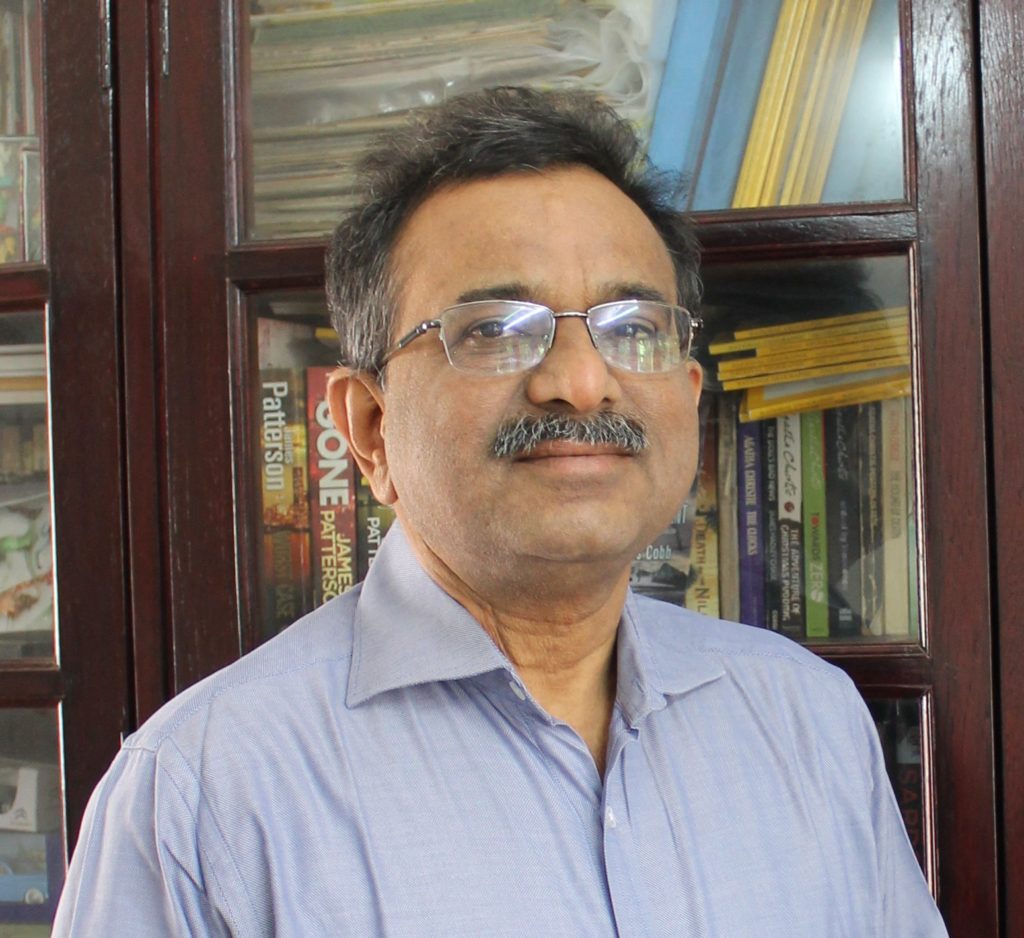
Author: Ravindra Vasisht can be reached on Twitter: @rvasisht
Picture Credit: Hindustan Times, The Hindu, NDTV, India Today, CNN
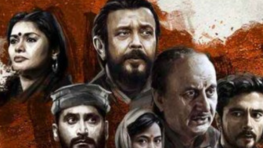
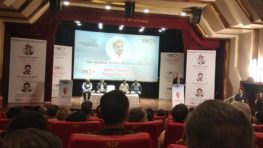
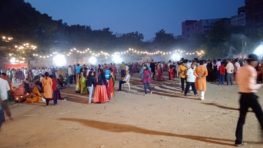

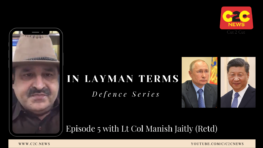
2 thoughts on “PM Security Lapse – Some Questions”
Maj Gen BS Panwar
January 9, 2022A very sensitive subject has been discussed at length & analysed befittingly. All protocols, rulings, comittments & constitutional necessities as defined very clearly in relevant books must be followed in letter & spirit always & everytime. My compliments to esteemed author generating awareness amongst readers at large.
GS Ravindra
January 10, 2022Very well written article Ravindra V👍👍.